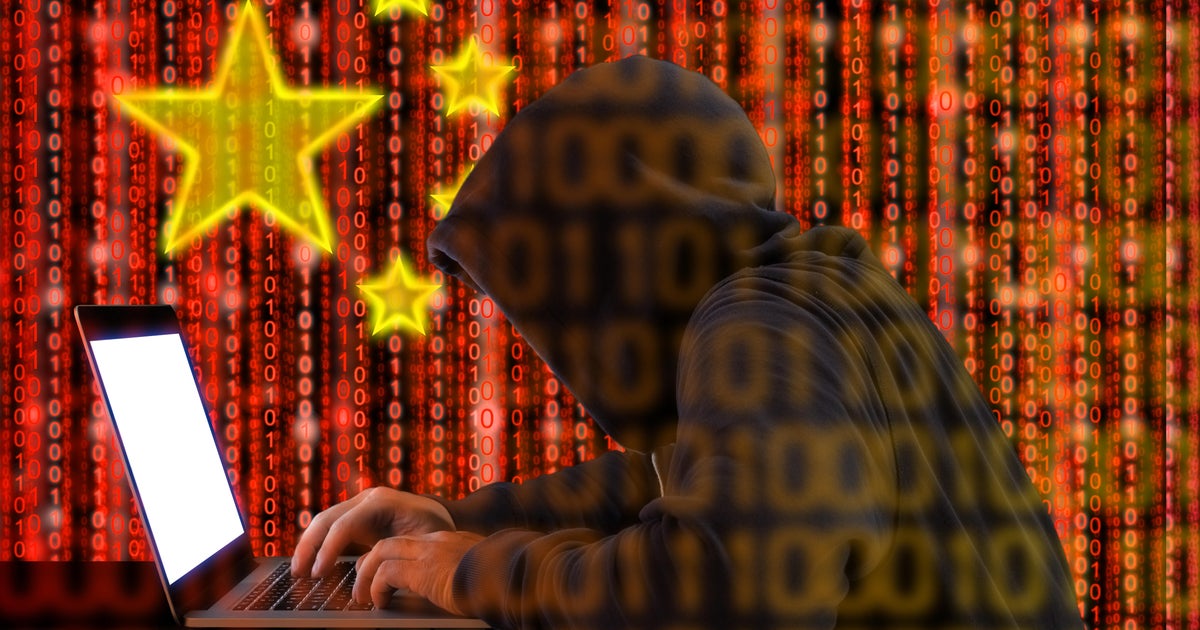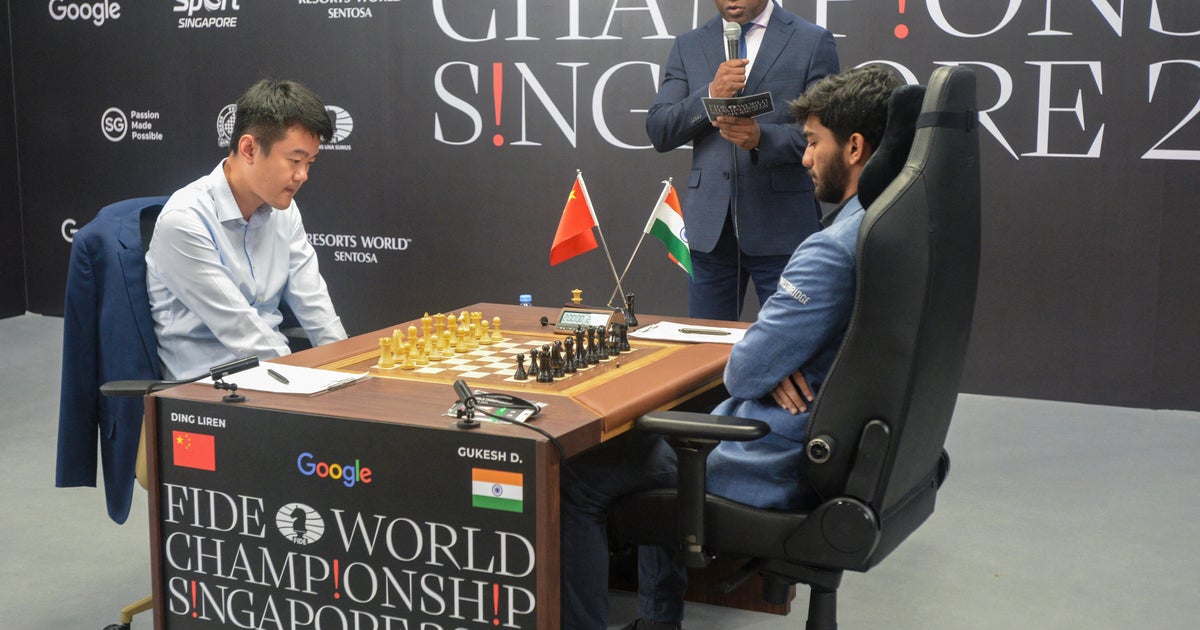CBS News
Indian government employee charged in foiled murder-for-hire plot in New York City

The Justice Department announced criminal charges against an Indian government employee Thursday in connection with a foiled plot to kill a Sikh separatist leader living in New York City.
The suspect, Vikash Yadav, remains at large but faces murder-for-hire charges in federal court.
The criminal case was announced the same week as two members of an Indian inquiry committee investigating the plot were in Washington to meet with U.S. officials about the investigation. Also this week, Canada said it had identified India’s top diplomat in the country as a person of interest in the assassination of a Sikh activist there and expelled him and five other diplomats Monday.
“The Justice Department will be relentless in holding accountable any person — regardless of their position or proximity to power — who seeks to harm and silence American citizens,” Attorney General Merrick Garland said in a statement announcing the charges. “Today’s charges demonstrate that the Justice Department will not tolerate attempts to target and endanger Americans and to undermine the rights to which every U.S. citizen is entitled.”
The murder-for-hire plot was first disclosed by federal prosecutors last year when they announced charges against a man, Nikhil Gupta, who was recruited by a then-unidentified Indian government employee to orchestrate the assassination of a Sikh separatist leader in New York.
In court documents unsealed last year, investigators in the Southern District of New York alleged Gupta was recruited to hire a hitman to murder the then unnamed victim, who prosecutors described in court papers as a vocal critic of the Indian government and staunch advocate for a Sikh sovereign state, often referred to as Khalistan.
The hitman, who would have been paid at least $100,000 in cash, was actually an undercover federal agent, and an unnamed co-conspirator Gupta discussed the plot with was a confidential government source, prosecutors revealed.
Gupta was extradited to the United States in June from the Czech Republic after his arrest in Prague last year.
In a statement, the intended victim, Gurpatwant Singh Pannun, said the indictment means the U.S. government has “reassured its commitment to fundamental constitutional duty to protect the life, liberty and freedom of expression of the U.S. Citizen at home and abroad.”
He added, “The attempt on my life on American Soil is the blatant case of India’s transnational terrorism which has become a challenge to America’s sovereignty and threat to freedom of speech and democracy, which unequivocally proves that India believes in using bullets while pro Khalistan Sikhs believe in ballots.”
CBS News
ATF director on mission to disrupt violent crime in schools

Watch CBS News
Be the first to know
Get browser notifications for breaking news, live events, and exclusive reporting.
CBS News
U.S. begins to retaliate against China over hack of telecom networks

The Biden administration is beginning to retaliate against China for its sweeping hack of U.S. telecommunications companies earlier this year.
Last week the Commerce Department issued a notice to China Telecom Americas, the U.S. subsidiary of one of China’s largest communications firms, alleging in a preliminary finding that its presence in American telecom networks and cloud services poses a national security risk. The company has 30 days to respond, although the Commerce Department has not said what action it plans to take next.
The New York Times was the first to report the action, which is a direct response to China’s infiltration of telecom networks earlier this year. The China-backed hacking group known as Salt Typhoon penetrated the networks of numerous companies including Verizon, AT&T and Lumen Technologies, a U.S. official familiar with the matter told to CBS News in October.
It’s unclear what the impact on China Telecom would be, since the FCC has already limited China Telecom Americas’ ability to operate in U.S. communications infrastructure. In October 2021, the FCC revoked its license to provide phone services in the US.
The FCC found that China Telecom “is subject to exploitation, influence, and control by the Chinese government and is highly likely to be forced to comply with Chinese government requests without sufficient legal procedures subject to independent judicial oversight.”
China Telecom Americas has not responded to requests for comment.
U.S. law enforcement and intelligence officials are continuing to try to learn more about the scope of the hack, which targeted U.S. surveillance capabilities used for operations including wiretaps. U.S. intelligence officials routinely seek court authorization to use telecom systems like those targeted in the breach to collect information for law enforcement or national security probes.
One fear is that the cyberattacks could have allowed the hackers to access information about ongoing U.S. investigations — including those tied to China — through the collection of sensitive data and techniques.
China’s incursions into U.S. critical infrastructure — including water treatment plants and the electrical grid — have lawmakers on Capitol Hill and the incoming Trump administration warning of a more aggressive retaliatory posture going forward.
Rep. Mike Waltz, designated by President-elect Trump to be national security adviser, told Margaret Brennan on “Face the Nation” Sunday, “We need to start going on offense and start imposing, I think, higher costs and consequences to private actors and nation state actors that continue to steal our data, that continue to spy on us.”
Last month, Rep. Jim Himes, Democrat of Connecticut and the ranking on the House Intelligence Committee, issued a similar warning.
“We’re not just going to name and shame,” he said on “Face the Nation.” “We are going to go into their networks and give as good as we got.”
CBS News
Federal Reserve cuts interest rate again

Watch CBS News
Be the first to know
Get browser notifications for breaking news, live events, and exclusive reporting.







